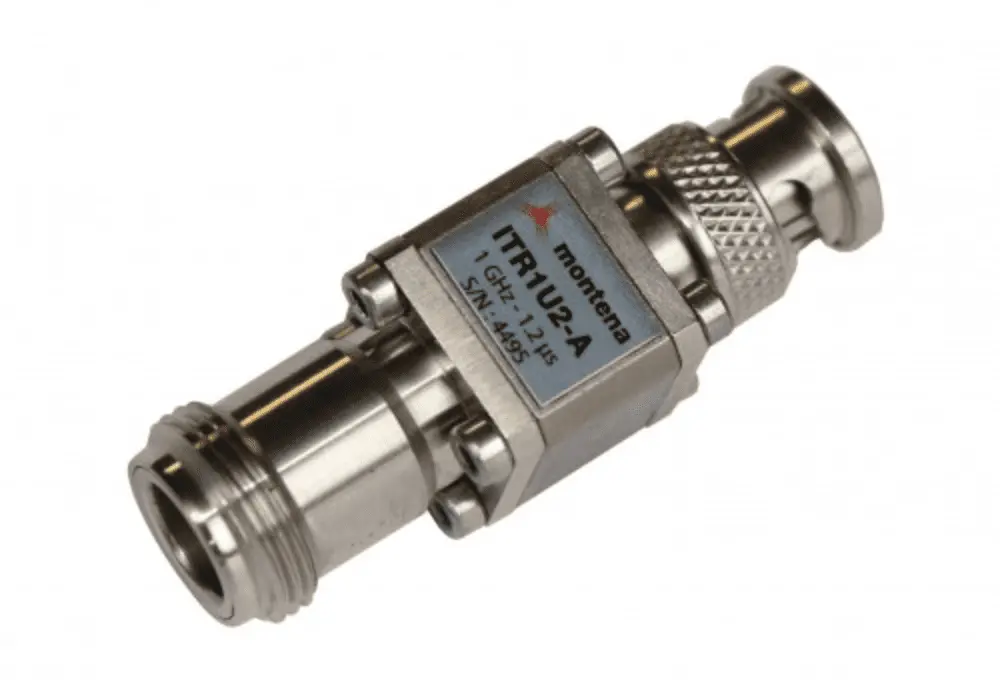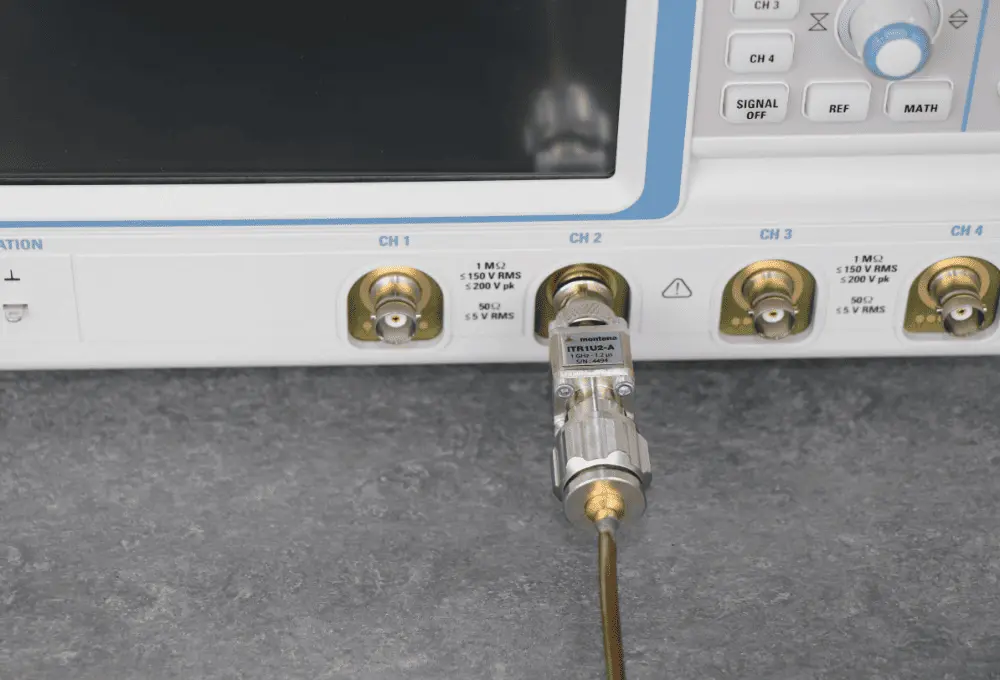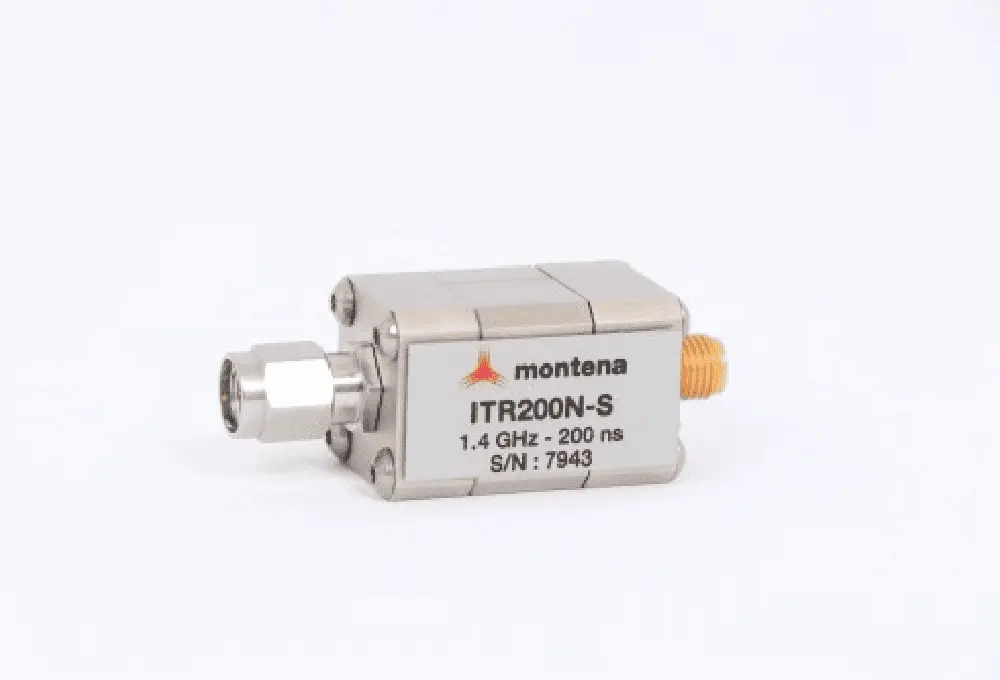PASSIVE INTEGRATORS



Elevate your standards by selecting top-notch measurement tools and sensors. Just like our passive integrators, we’ve designed everything with your needs in mind.
Small and compact
Easy to use with derivative sensors
Integrated in Pulselab software
High robustness
You may use Montena’s passive integrators are used to compensate the derivative behavior of B-dot, D-dot and V-dot sensors. They have 1 megohm output impedance and should be directly connected to the high impedance input of the oscilloscope.
The output electrical signal shall be integrated to recover the measured electromagnetic transient. This can be done by one of the passive integrators Montena has developed or by means of a mathematical integration.
To simplify your process, we recommend our PULSELab software application. It has been specifically designed to ease the measurement of electromagnetic transients with derivative sensors. We also strongly advise you to opt for our fiber-optic links to avoid interferences during measurements.
DATASHEET & DOCUMENTATION
Access all technical data and resources about our derivative sensors and integrators, and other measurement tools and software.
Access detailed specifications
Make informed, confident choices
Contact us for further assistance
FAQ
What are Montena’s passive integrators used for?
Montena’s passive integrators are designed to compensate the derivative output of B-dot, D-dot, and V-dot sensors, enabling recovery of the original electromagnetic transient signal.
What is the output impedance of these passive integrators?
The passive integrators have a 1 megohm output impedance, which should be connected directly to a high impedance oscilloscope input.
How can the signal integration be performed?
Integration can be done using Montena’s passive integrators or mathematically in software.
What software does Montena recommend for measurement?
Montena recommends the PULSELab software, specially developed to facilitate measurement and integration of transients with derivative sensors.
How can measurement interference be avoided?
Using Montena’s fiber-optic links is strongly advised to avoid electromagnetic interference during measurements.
Where can I find technical documentation and support?
Technical datasheets and resources are available online, and Montena’s expert team is ready to provide support and guidance as needed.
WE RECOMMEND ALONGSIDE:
USED IN APPLICATION
Learn how our technology and solutions are applied in concrete scenarios and how they can benefit your organization.
PROJECT? QUESTION?
Contact our team to explore the potential of Montena’s innovative solutions to achieve your challenging goals.
NEWSROOM
Stay in sync with the pulse of your industry—get insights, product updates, and expert perspectives delivered right here.
